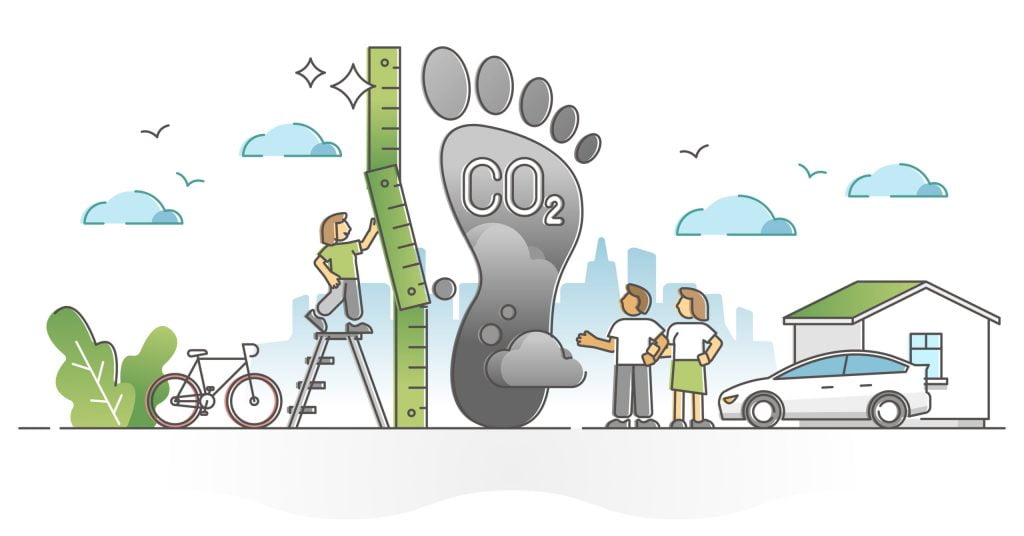Carbon Footprint
Definition, Examples, Calculation & Effects
What is Carbon footprint
A carbon footprint is a measure of the amount of greenhouse gases produced as a result of an individual’s or organization’s activities. Greenhouse gases include carbon dioxide, methane, and nitrous oxide, all of which contribute to climate change. The calculation of a carbon footprint can include emissions from burning fossil fuels, deforestation, and other activities that release CO2 into the air.
How are carbon footprints calculated?
There are a variety of ways to calculate a carbon footprint. The most common approach involves estimating the emissions associated with producing, transporting, and disposing of the various goods and services an individual or organization consumes. Other factors that can be included in the calculation are emissions from transportation and energy use.
There are many factors that contribute to calculating a carbon footprint. Some of these factors include the type of fuel used to power vehicles or run appliances, the distance traveled, and the weight of the product.
Effects of carbon footprint to the environment
Carbon footprints can have a variety of effects on the environment. They can contribute to climate change, which in turn can lead to increased flooding, drought, displacement of species, and other problems. They can also acidify the ocean, affecting marine life and coral reefs.

Reducing one’s carbon footprint is important for mitigating these effects. There are a variety of ways to do this, including reducing energy consumption, driving less, recycling, and composting. Calculating your carbon footprint can help you identify areas where you can make the biggest impact.
Carbon footprint examples
There are many examples of carbon footprints. For example, the average American’s carbon footprint is about 20 metric tons per year. That’s equivalent to driving a car for 9,000 miles or flying round trip for 32 times.
How to calculate carbon footprint manually
People can also calculate their own carbon footprints manually.To do this, they need to know the amount of CO2 emissions associated with their daily activities. This information can be found on EPA’s website. For example, driving a car for one mile emits about 0.55 pounds of CO2. So, if someone drives 10 miles per day, their carbon footprint would be 5.5 pounds per day.
Carbon footprint calculator
There are also many online carbon footprint calculators that can help people reduce their emissions. These calculators ask users to input information about their daily activities, such as how often they drive and how many flights they take each year. The calculator then provides tips on how to reduce their carbon footprints. Some examples include driving less, opting for public transportation, and flying less often.








I was very pleased to uncover this site. I wanted to thank you for ones time for this particularly wonderful read!! I definitely liked every bit of it and I have you bookmarked to see new stuff on your blog.